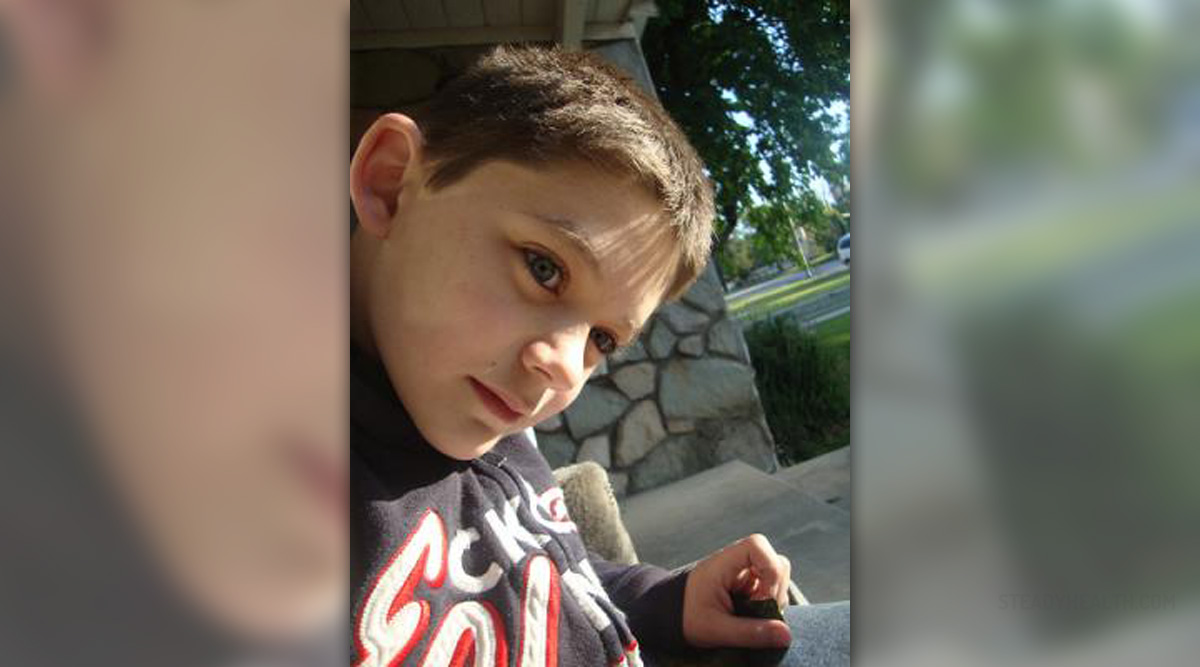
Bipolar disorder, also called manic-depressive illness, is a condition caused by abnormal shifts in energy levels and mood. Bipolar spectrum disorder is a term that covers the scope of mood disorders and can refer to only one episode or numerous severe episodes of mood swings. Symptoms of bipolar disorder range from depressive to manic phase. The mood episodes usually occur in distinct periods while in between the episodes patient has normal behavior. But, sometimes, in severe cases, a patient can frequently experience episodes of bipolar disorder and that is known as rapid cycling. Bipolar spectrum disorder usually develops during late teens or early adult years. In most cases, the onset of the condition is before the age of 25.
Bipolar Spectrum Disorder SymptomsAs already mentioned, bipolar spectrum disorder involves symptoms of both mania or “high” feelings and depression or “hopeless state”. This psychiatric illness involves extreme mood swings and unusual behavioral changes.
Mood Shifts
Manic episode includes symptoms such as long periods of euphoria, agitation and irritability. Depressive episode is associated with symptoms like persistent sadness, anxiety, loss of interest in activities, pessimism and even suicidal thoughts.
Behavioral ChangesDuring the manic phase of bipolar disorder, a person commonly exhibits restlessness, impulsivness, inability to concentrate, rapid speech, sleeping little, decreased appetite and increased physical activity. Depressive phase includes symptoms such as tiredness, problems concentrating and remembering, trouble sleeping, changes in eating habits and social isolation.
Bipolar Spectrum Disorder TypesTypes of bipolar spectrum disorder are distinguished by severity and frequency of the symptoms. Bipolar spectrum disorder is long-term illness where episodes of depression and mania come back over time either frequently or seldom. According to the Diagnostic and Statistical Manual of Mental Disorders (DSM) there are four different types of bipolar spectrum disorder.
Bipolar I Disorder
Bipolar I disorder is the most severe type of bipolar spectrum disorder featured by severe symptoms of depressive and manic phases that are seriously affecting a patient’s life causing difficulty in maintaining job or a relationship. Bipolar I disorder includes one or more manic or mixed episodes for several weeks that can be followed by major depression. Patients with bipolar I disorder usually require hospitalization. The symptoms are severe and involve hallucinations, delusions, insomnia, talking too fast and hyperactivity followed by fatigue, lethargy, irritability, increased sleep and suicidal thoughts.
Bipolar II Disorder
Bipolar II disorder involves hypomanic episodes followed by major depressive episode. It is less severe type of the condition compared to bipolar I disorder. Mixed episodes don’t occur and a patient rarely has to be hospitalized. The symptoms of depressive phase include low energy levels, weight gain or weight loss, hopelessness and irritability. Hypomanic episodes include hyperactivity, insomnia, spending sprees, increase in sexual activity and reckless behavior.
Cyclothymia
Cyclothymia or cyclothymic disorder is a mild form of bipolar disorder where episodes of hypomania and mild depression come and go for minimum of two years. The symptoms are not as severe as those of other types of bipolar disorder but can affect everyday life.
Bipolar Disorder Not Otherwise Specified (BP-NOS)
This condition is diagnosed when a patient has episodes of mood and behavior shifts but does not meet diagnostic criteria for other type of bipolar disorder. The symptoms rarely occur and do not last long.



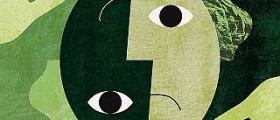
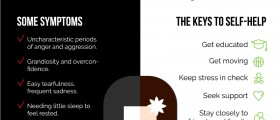


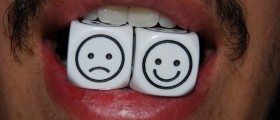

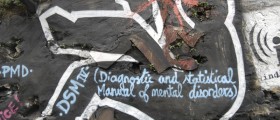


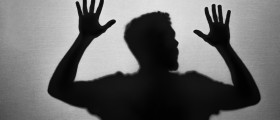



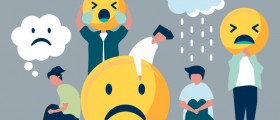
Your thoughts on this
Loading...